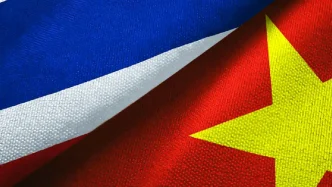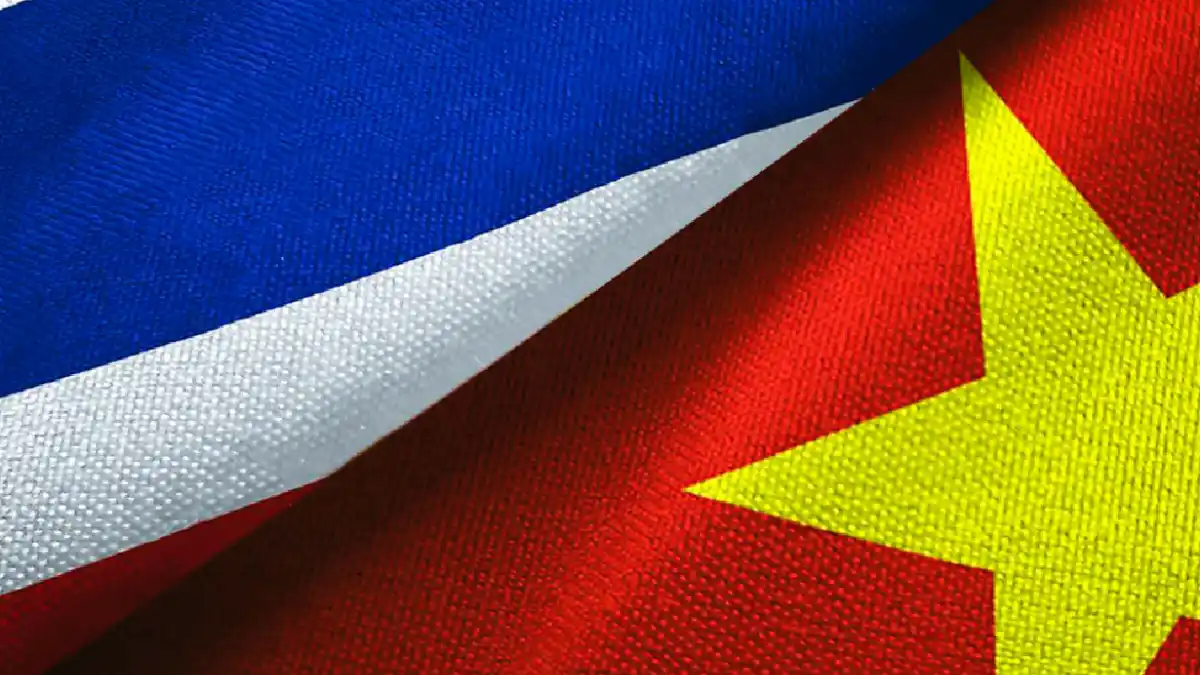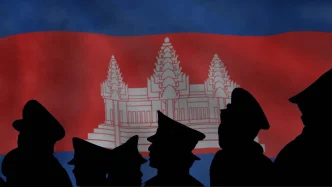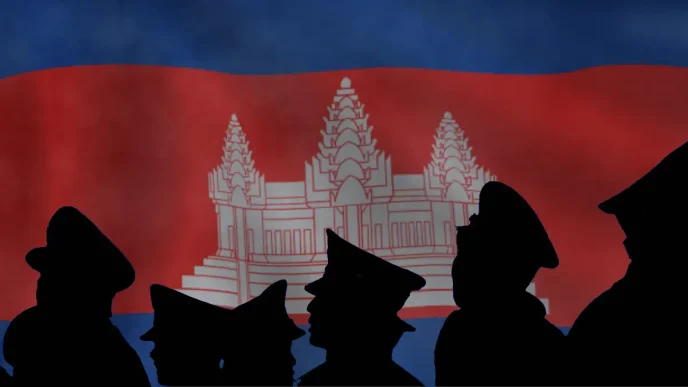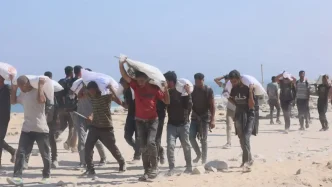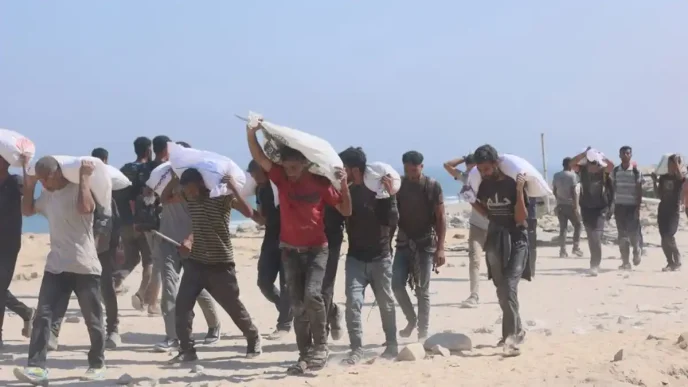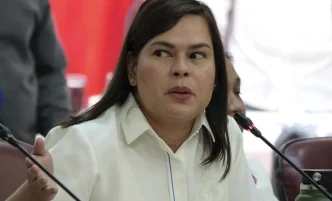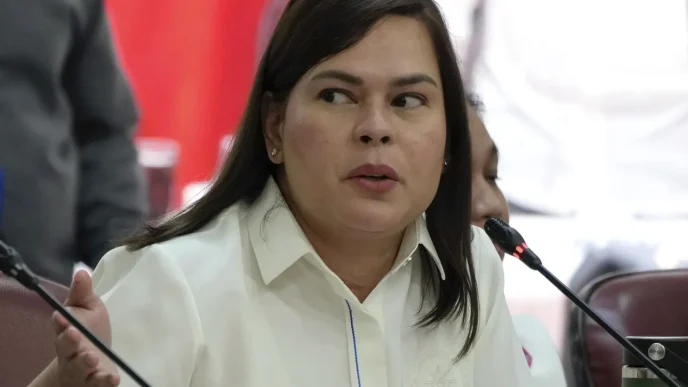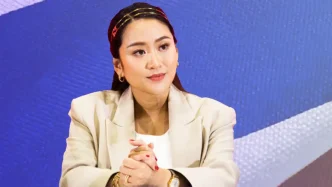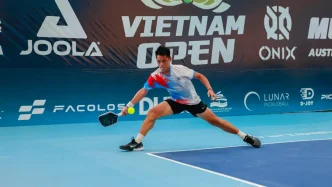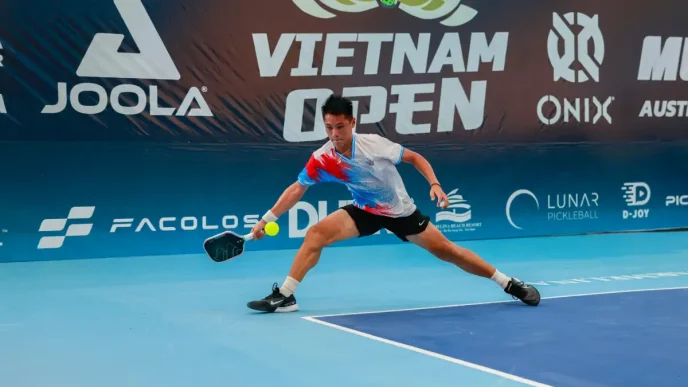In a significant step toward deeper bilateral cooperation, Thailand and Vietnam have recently intensified their military and diplomatic engagements, signaling a shared commitment to regional stability. On August 5, 2025, high-ranking military officials from both nations met in Bangkok to discuss ongoing defense collaboration, while earlier, on May 16, 2025, Thailand’s Prime Minister Paetongtarn Shinawatra was ceremoniously welcomed by Vietnam’s Prime Minister Pham Minh Chinh at the Presidential Palace in Hanoi. These interactions underscore a growing partnership at a time of geopolitical flux in Southeast Asia.
High-Level Military Discussions in Bangkok
On Monday, August 5, 2025, General Pana Klaewplodtook, Commander-in-Chief of the Royal Thai Army, hosted Nguyen Tat Diem, Vietnam’s Vice Military Attaché to Thailand, at the Sri Sitthi Songkram Room in the Royal Thai Army headquarters. The meeting, which commenced at 10 a.m., also saw the presence of senior Thai military figures, including Lieutenant General Chaiyapruek Duayprapat, Deputy Army Chief-of-Staff, and Lieutenant General Boonsin Padklang, Commander of the Second Army Area.
The discussions focused on strengthening military ties and exchanging perspectives on regional security challenges. Following the meeting, Lieutenant General Boonsin Padklang addressed the press alongside the Vietnamese envoy, highlighting the intent to bolster bilateral defense relations. He emphasized that the talks were a continuation of long-standing cooperation between the two nations, aimed at addressing shared concerns in a rapidly evolving regional landscape.
The symbolic exchange of gifts at the conclusion of the press conference added a cultural dimension to the military dialogue. Lieutenant General Boonsin presented Nguyen Tat Diem with a copper amulet known as the “Phahuraman” depicting Hanuman, the revered monkey warrior from the Ramayana epic. This amulet, cast in April 2025 and blessed on July 6 by Luangpu Sila Sirijantho, abbot of Wat Muen Hin in Kalasin, holds particular significance among Thai troops. Anecdotes of its protective powers—such as a soldier reportedly surviving a landmine explosion with minor injuries—have fueled its popularity within military circles, reflecting the deep intertwining of cultural beliefs and military life in Thailand.
Diplomatic Gestures in Hanoi
The military meeting in Bangkok follows a notable diplomatic exchange earlier in the year. On May 16, 2025, Thailand’s Prime Minister Paetongtarn Shinawatra visited Hanoi, where she was warmly received by her Vietnamese counterpart, Pham Minh Chinh, at the Presidential Palace. The ceremony, marked by a child waving flags, symbolized the cordial relations between the two nations. While specific outcomes of this visit remain less detailed in public reports, the visual display of unity at such a high level suggests a mutual interest in aligning strategic priorities.
This visit, coupled with the military discussions, points to a broader agenda of cooperation. Both Thailand and Vietnam, as key members of the Association of Southeast Asian Nations (ASEAN), are navigating complex regional dynamics, including maritime disputes in the South China Sea and the influence of major powers like China and the United States. Their partnership could serve as a stabilizing force within ASEAN, promoting dialogue over conflict in a region often fraught with tension.
Strategic Context of Thailand-Vietnam Relations
The recent engagements between Thailand and Vietnam must be viewed against the backdrop of Southeast Asia’s geopolitical challenges. Thailand, with its strategic location and historical role as a regional mediator, has long sought to balance relations with neighboring countries while maintaining its military preparedness. Vietnam, meanwhile, has emerged as a significant player in regional security, bolstered by its economic growth and assertive stance on territorial issues in the South China Sea, where it frequently contends with China’s expansive claims.
Military cooperation between the two nations is not new, but the frequency and visibility of recent interactions suggest an escalation in intent. Joint exercises, intelligence sharing, and high-level exchanges have characterized their defense ties over the past decade. The August 5 meeting in Bangkok, focusing on regional military affairs likely included discussions on shared threats such as cross-border crime, cybersecurity risks, and the need for coordinated responses to natural disasters—a recurring challenge in the Mekong region.
Moreover, both countries face internal and external pressures that make such alliances crucial. Thailand’s political landscape remains volatile following years of military-led governance and public demands for democratic reforms. Prime Minister Paetongtarn Shinawatra, as the youngest daughter of former Prime Minister Thaksin Shinawatra, represents a continuation of a powerful political dynasty, yet her administration must navigate public expectations and military influence. Strengthening ties with Vietnam offers a diplomatic counterweight to domestic challenges, projecting an image of international engagement and stability.
Vietnam, under the leadership of the Communist Party of Vietnam (CPV), prioritizes regional partnerships to bolster its security and economic standing. Its military modernization efforts and growing defense budget reflect a determination to safeguard national interests, particularly in disputed maritime zones. Aligning with Thailand, which maintains a non-confrontational stance toward China, allows Vietnam to diversify its strategic partnerships without alienating other ASEAN members.
Cultural and Symbolic Dimensions
Beyond the strategic imperatives, the cultural exchanges embedded in these interactions reveal the importance of soft power in diplomacy. The presentation of the Hanuman amulet during the Bangkok meeting is more than a mere gesture; it encapsulates Thai cultural identity and the military’s reverence for traditional beliefs. Hanuman, a symbol of strength and loyalty in the Ramayana, resonates deeply in Thai folklore and is often associated with protection and resilience—qualities that mirror the aspirations of military cooperation.
Such symbols serve as bridges between nations with distinct histories but shared cultural threads. Thailand and Vietnam, despite linguistic and political differences, are linked by their Buddhist heritage and historical interactions along the Mekong. These shared elements provide a foundation for trust, which is essential for sustained military and diplomatic collaboration.
Regional Implications and ASEAN’s Role
The strengthening of Thailand-Vietnam ties carries implications for ASEAN as a whole. The bloc has often struggled to present a unified front on contentious issues, particularly regarding the South China Sea, where member states hold divergent positions. Thailand’s historically neutral stance and Vietnam’s more assertive posture could, if harmonized, contribute to a balanced ASEAN approach that prioritizes dialogue with external powers while safeguarding regional autonomy.
Furthermore, military cooperation between the two nations could enhance ASEAN’s collective security mechanisms. Initiatives like the ASEAN Defense Ministers’ Meeting (ADMM) and the ASEAN Regional Forum (ARF) provide platforms for such collaboration, and the Thailand-Vietnam partnership may encourage other member states to deepen bilateral ties in parallel. This could lead to a more interconnected defense network within the region, better equipped to address transnational challenges like human trafficking, illegal fishing, and climate-induced migration.
However, challenges remain. Differences in political systems—Thailand’s constitutional monarchy with fluctuating democratic practices versus Vietnam’s single-party socialist state—could complicate deeper integration. Additionally, both nations must manage their relations with China, a dominant economic partner and a source of regional tension. Thailand’s cautious diplomacy and Vietnam’s more confrontational history with Beijing require careful calibration to avoid missteps that could undermine their burgeoning partnership.
Looking Ahead: A Partnership in Progress
As Thailand and Vietnam continue to build on their military and diplomatic engagements, the trajectory of their relationship will likely influence broader regional dynamics. The August 5 meeting in Bangkok and the May 16 ceremony in Hanoi are not isolated events but part of a deliberate effort to forge a resilient alliance amid uncertainty. Whether this partnership can evolve into a cornerstone of ASEAN unity or remain a bilateral endeavor depends on sustained commitment and the ability to navigate geopolitical headwinds.
For now, the image of a child waving flags at the Presidential Palace in Hanoi and the exchange of a culturally significant amulet in Bangkok stand as potent symbols of hope for closer ties. As both nations look to the future, the question remains: can this collaboration pave the way for a more cohesive Southeast Asia, or will external pressures test the limits of their newfound alignment?

